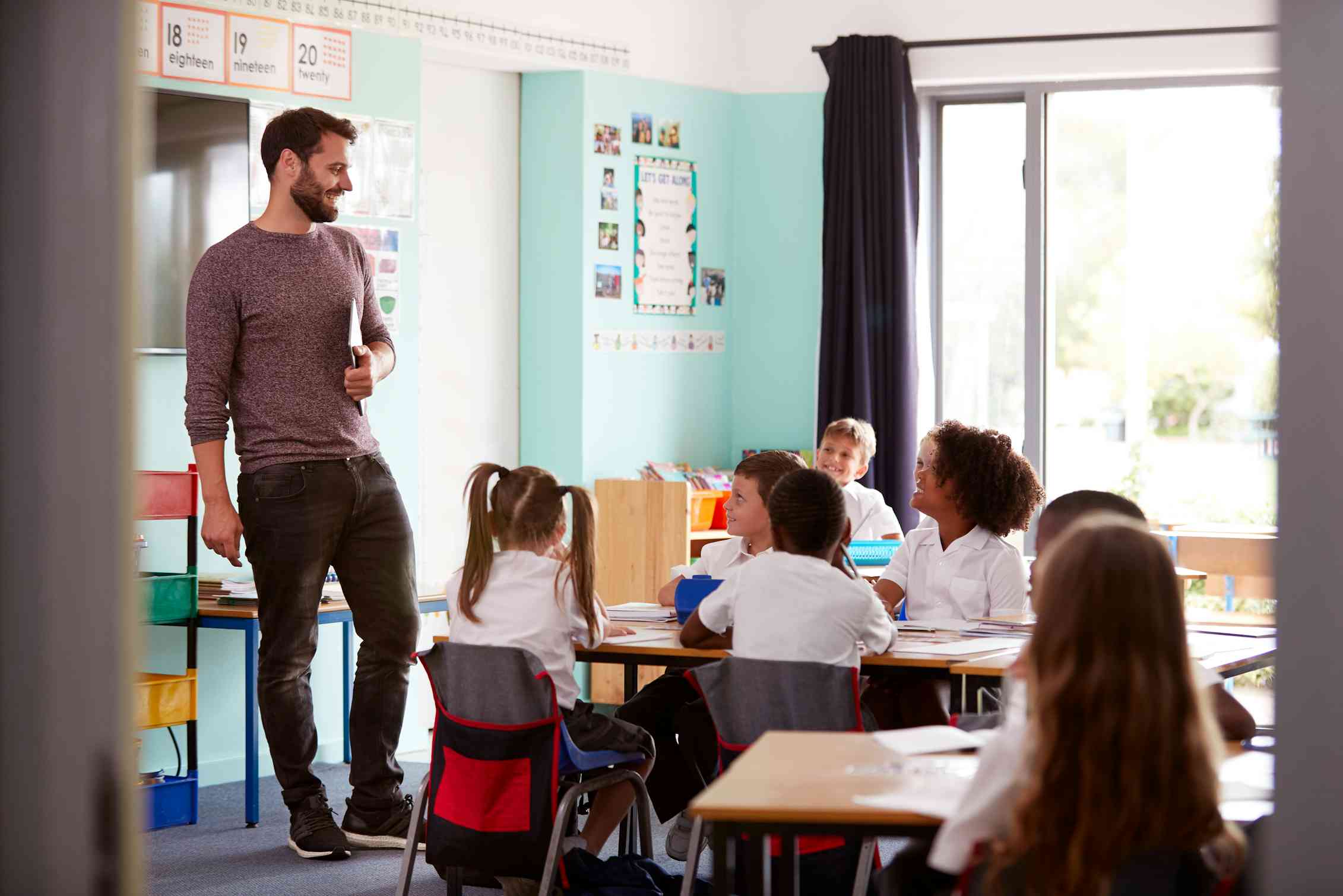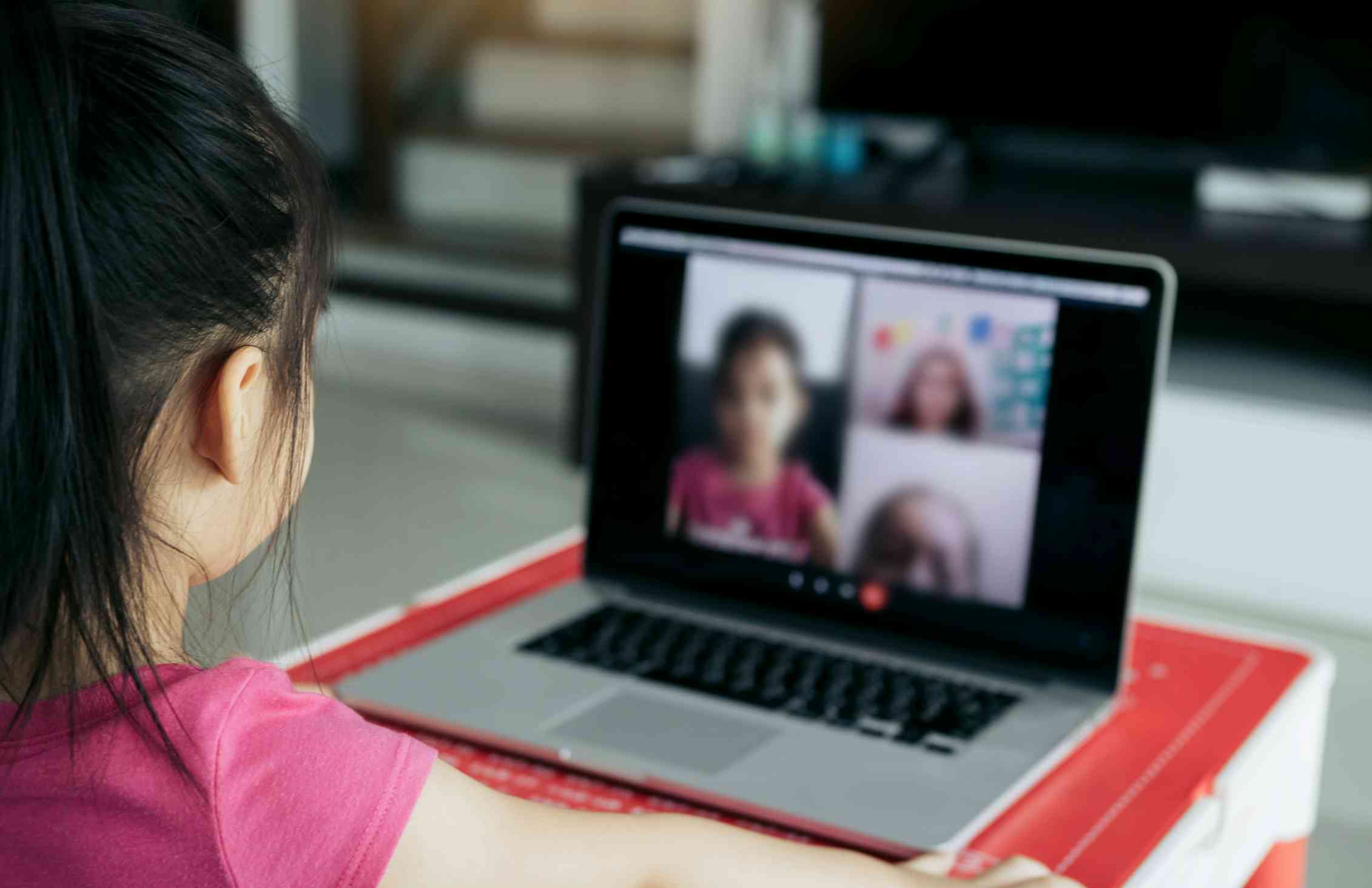
Education expert John Hattie’s new book draws on more than 130,000 studies to find out what helps students learn
Share

In 2008, I published my book Visible Learning, which aimed to explain what works best to help student learning. At the time, others claimed it was the world’s largest evidence-based study into the factors that improve learning.
The book was based on 800 meta-analyses (a statistical analysis that combines the results of multiple studies) of 50,000 smaller studies. It found that, among six groups of factors influencing successful learning in schools - the student, home, school, teacher, curricula and teaching – teachers seemed to have the strongest in-school effect.
Since 2008, our partners have implemented the “visible learning” approach in more than 10,000 schools, with the aim of making student learning as visible as possible.
This means enabling students to see how their efforts and learning strategies are contributing to their learning, and teachers to see the impact of their teaching through the eyes of their students. It turns the focus from teaching to learning, and from talking about teaching methods to the impact of these methods.
This is crucial to making classrooms and schools safe, fair and inviting places to fail, learn, collaborate, grow and flourish.
My new study
It’s been 15 years since the book was published, and much has changed. There have been more than 1,300 new meta-analyses, COVID has disrupted schools, and we have learned a lot from the more than 100,000 teachers who have been using visible learning.
Visible Learning: The Sequel is published this month. It is informed by more than 2,100 meta-analyses about achievement drawn from more than 130,000 studies and conducted with the participation of more than 400 million students aged three to 25, mainly from developed countries.
It confirms the finding that high-impact is still the most important factor when it comes to student learning. This describes teachers who focus on the impacts of their teaching and who work together with other educators to critique their ideas about impact – about what was taught well, who was taught well, and the size of the improvement.
But many other findings also came out of the analysis.

New findings
My analysis shows a student’s achievement levels are affected negatively by many new factors. These include boredom, teacher-student dependency (where a student is over-reliant on their teacher) and corporal punishment.
I also identified a range of factors that improve students’ performance, including:
computer tutoring that provides immediate feedback, particularly when using artificial intelligence
“flipped learning”, whereby students are given the content to learn before coming to class
teachers outlining and summarising learning materials
students being taught how to rehearse and memorise content
“phonological awareness” – teaching students to recognise and manipulate parts of sentences and words when learning to read
“cognitive task analysis,” which is about teaching students how to think about how to problem solve
the “Jigsaw method”, which involves both individual and group learning to solve a problem.
How teachers matter
The most important thing for teachers to do is to have high expectations for all students. This means not labelling students (as “bright”, “strugglers”, “ADHD” or “autistic”), as this can lead to lower expectations in both teachers and students but seeing all students as learners who can make leaps of growth in their learning.
Teachers need to be very clear with their students about the content and goals of their learning.
It is important teachers work with other teachers to see different sides of their impact on students and different ways for them to succeed in their teaching. What matters is the power of multiple interpretations about what is happening in classrooms, the results of assessments and examples of student work.
Why we need to be ‘greedy’
So many debates about curriculum and learning outcomes are phrased as either more “knowledge-rich” (teaching content) or more “problem-based discovery learning” (teaching how to discover ideas).
But it is not a question of either/or. We need to be greedy and want both. We need to harness the power of two: two success criteria (one about content, and one about deeper learning), two assessments, two activities – so it is clear we want both the knowledge and the relationships between ideas.
So, I advocate for a model of “intentional alignment”. That is, teachers need to consciously align their teaching methods, activities, assessments, feedback, with either the acquisition of knowledge or discovering of ideas.
The importance of parents
Parents are not “first teachers” but “first learners” – as the parents learn, so do their children. Parental expectation about learning is among the most powerful home influences, and the home needs to promote a “language and love of learning”.
This means parents talk to their children about their learning at school and home. This also means they enjoy the struggle, failures and successes when learning together, and set fair boundaries to take on increased challenges and learning safely.
This might mean being clear about what success looks like for a child cleaning their room. It might mean allowing multiple opportunities to succeed, and talking about errors and failure as opportunities to learn.
Read more: How to avoid annoying your kids and getting 'stressed by proxy' during exam season
What about technology?
We have been told for 50 years the answer to our education problems is technology, but my analysis shows the overall effects remain low.
We have used technology as a substitute: video instead of paper mache, word processing programs instead of using pens, online activities instead of work sheets. So often the powers of technology are rarely exploited.
There are major messages from the huge body of studies about technology. My book highlights some of them, including: the importance of students learning from each other via technology and the value of technology in providing multiple opportunities to learn.
Social media is also an important way for teachers to hear students are thinking. Many students will talk about how they are thinking, where they are struggling, and ask questions about their work using social media that they will not do verbally even when their teacher or peers are standing beside them.

What teachers think is important
One of the key things I have learned in the process of writing this second book is what teachers think is more important than what they they do.
It is not about using a particular teaching method but their skills in evaluating the impact on their students, modifying and adapting, and making the school or class an inviting place to come, learn, master, and enjoy learning.
Every child is a learner, is teachable, can grow, and can be taught to love learning. Students have expectations, and the educator’s role is to help students exceed what they think is their potential. Students need to be taught to take on challenges, with safety nets when they fail.
I remain amazed at the excellence in our schools and fascinated we are not as skilled and focused on scaling up success but instead love to focus on schools failures
John Hattie does not work for, consult, own shares in or receive funding from any company or organisation that would benefit from this article, and has disclosed no relevant affiliations beyond their academic appointment.